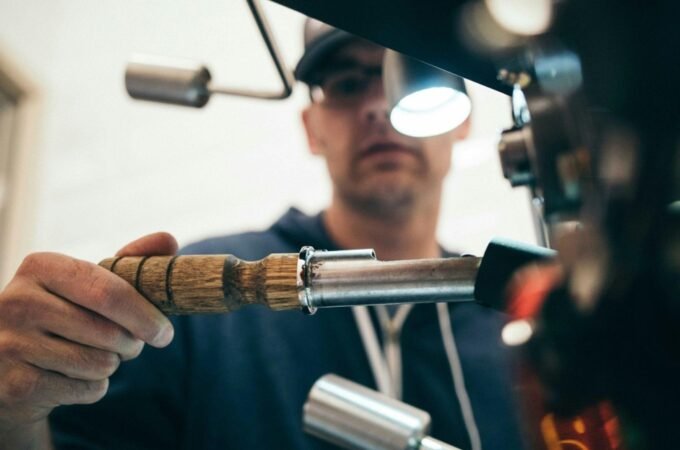
How Much Does Trenchless Sewer Pipe Lining Cost?
A leaky sewage pipe always has a significant risk as water can get into the ground. Over time, homeowners or property owners can repeatedly find that sewage pipes need to be renovated.
Just a few years ago, streets, sidewalks, and front gardens had to be torn down completely when it came to sewer repair. Property owners and homeowners incurred high costs. Today, this is a thing of the past, because, with the new trenchless lining concept, sewer repair is trenchless and effective.
With the new repair process for the sewage system, the costs for sewer repair by a Houston plumbing company are significantly lower. The following explains what expenses you can expect.
Table of Contents
ToggleWhat are the costs of sewer repair using the trenchless lining method?
In the context of a leak test and precise sewer inspection, the costs of pipe repair using trenchless lining repair cannot be predicted easily. Even with a flat rate, depending on the local conditions, there may be significant price differences in the total costs for sewer repair.
The total costs for short distances are usually between 300 and 400 dollars. However, we can say that the price for an average large property sewer repair is between 1,000 and 6,000 dollars.
In individual cases, the costs can also be up to 30% higher. Therefore, that ultimately becomes around 8,000 dollars may be on the bill.
Therefore, you should calculate upwards of 150 dollars per short liner. For a trenchless lining, prices from 150 to 250 dollars per meter are quite real.
Why are leaky sewer pipes a big problem for homeowners?
The problems that leaking sewage pipes pose for property owners are still very often underestimated. This applies in particular to the tightness of the pipes.
For example, when the groundwater pipes are not inspected during pipe repair of the public sewers. This condition can lead to an increase in groundwater.
Cavities can form on the property due to constantly running water, which over time, leads to settlement in the buildings.
In the worst case, this can extend to the collapse of the house. Furthermore, roots can quickly grow into the sewer pipes in leaky pipes, which in turn can become a significant drainage obstacle. There is a risk of backpressure. Finally, the wastewater that flows into the soil pollutes your property.
Are there indirect consequences of leaky sewage pipes?
The direct consequences of a leaky and unrefurbished pipeline are serious for homeowners and property owners. However, the indirect effects that can arise are significantly more severe.
Cracks in the sewers can cause so-called extraneous water to seep in, which in turn means an unplanned additional effort for wastewater disposal.
Ultimately, the water channel system must be expanded. The costs for this are apportioned proportionately to the wastewater fees. If this is not supported, the wastewater cleaning performance will be consequently weaker.
As a result, more pollutants get into the water. In the long term, this also leads to a lowering of the groundwater due to the drainage effect, which can damage buildings and plant growth.

Michelle Joe is a blogger by choice. She loves to discover the world around her. She likes to share her discoveries, experiences, and express herself through her blogs.





